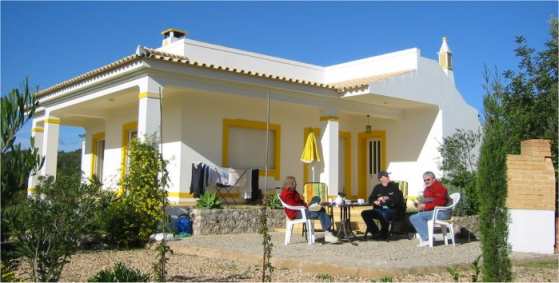













Date : Year 2002 Month 11 Date 18/19 Observer : E.P.Bus IMO-Code : BUSPE Observing place: Moncarapacho Country : Portugal Co-ordinates : NB 37.085 WL 7.814 Altitude 108m Start UT : 00:50 End UT : 03:45 Teff : 1.75 Period UT Tm Teff Lm Stream Spo Ntot Mean % Start End [h] [h] Leo Tau clouds during obs.period ----------------------------------------------------------------------------- 00:50 01:00 0:55:00 0.17 4.7 1 1 50% 01:00 01:10 1:05:00 0.17 4.7 3 1 4 50% 01:10 01:20 1:15:00 0.17 4.7 2 1 3 60% 02:00 02:10 2:05:00 0.17 5.0 2 1 3 60% 02:10 02:20 2:15:00 0.17 5.0 4 1 1 6 45% 02:20 02:30 2:25:00 0.17 5.0 3 2 5 60% 02:30 02:40 2:35:00 0.17 5.3 4 4 50% 02:40 02:50 2:45:00 0.17 5.3 5 1 6 50% 03:20 03:30 3:25:00 0.17 5.3 10 10 60% 03:30 03:40 3:35:00 0.17 5.3 17 17 50% 03:40 03:45 3:42:30 0.08 5.3 16 16 45% ----------------------------------------------------------------------------- Total 1.75 5.05 67 3 5 75 Stream -6 -5 -4 -3 -2 -1 0 1 2 3 4 5 6 total mean ---------------------------------------------------------------------------- Leo 0 0 1 1 3 6 9 16 17 11 3 0 0 67 1.13 Tau 0 0 0 0 0 0 0 1 1 1 0 0 0 3 2.00 Spo 0 0 0 0 0 0 0 0 2 3 0 0 0 5 2.50 Remarks: Observations probable only useful for global impressions because of fast changing circumstances. Mean % clouds during observational period means: the mean of: % cloud coverage at the beginning of the observational period, % cloud coverage at the middle of the observational period and % cloud coverage at the end of the observational period.
observed at Moncarapacho, Portugal.
A global impression.
Peter Bus
Below the results are given derived from only 67 Leonids observed under mediocre circumstances. The presented numbers are rather small because of the fast changing cloud conditions in all observed periods. Therefore the results only provide a rough impression for Leonid activity.

The numbers provided in this table are beiing used to calculate the ZHR.
- Tm(UT) = midtime in UTC of the observation period.
- Teff = observation period in hours.
- Lm = mean limiting magnitude in given period.
- N = number of Leonids.
- Hr = elevation of radiant in degrees at midtime.
- cloud % = mean percentage cloud covering in field of observation.
- r = population index (see figure 2).
- ZHR = calculated ZHR for Lm +6.5 and a radiant elevation of 90° with a g of -1.4 and a population index of r = 2.2 and is also corrected for percentage cloud coverage using 100 / (100-% ). One sigma error of the ZHR is calculated using ZHR / Ö NLeo.

Figure 1. The results of the calculations plotted in this graph only provides a rough impression of Leonid activity because of the fast changing cloud conditions in all observation periods. However there are convincing indications of increasing Leonid activity in the period 3h20m - 3h45m UT. No observations are carried out in the period between 2h50m and 3h20m UT because of > 75% cloud coverage in the field of observation. After 3h45m UT the observations were terminated because of total cloud coverage.

Figure 2. The magnitude distribution using only 66 Leonids in Teff 1.75 hours gives only a global impression of r @ 2.2. Because mediocre conditions could have influence the visibility of weaker meteors, it is not excluded that r is larger. If so, the derived ZHR's would increase.